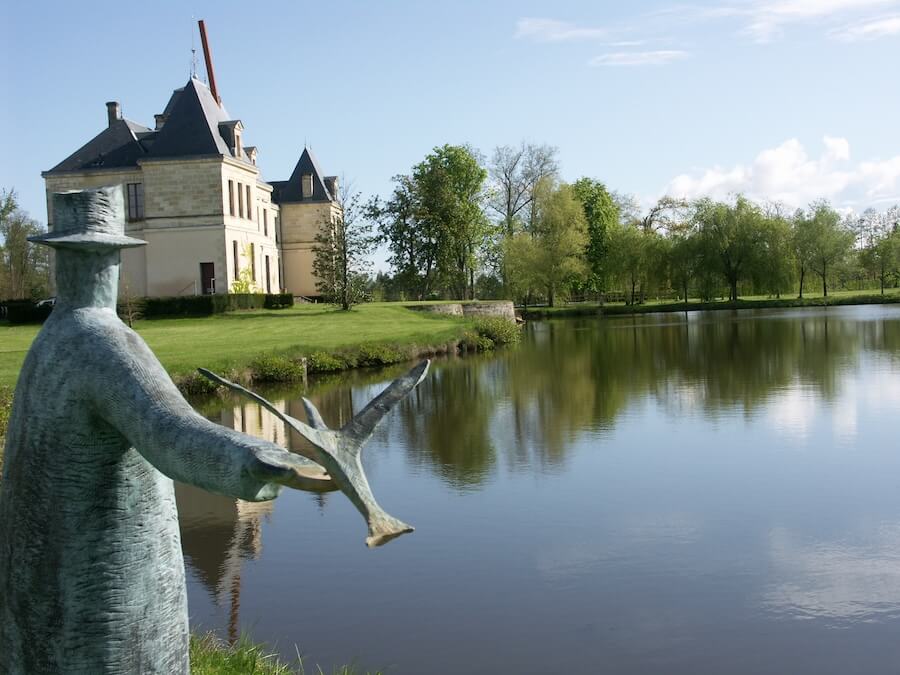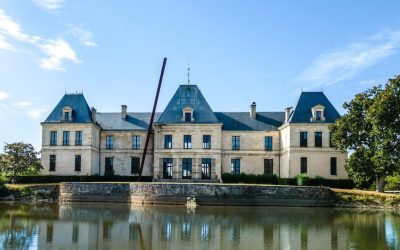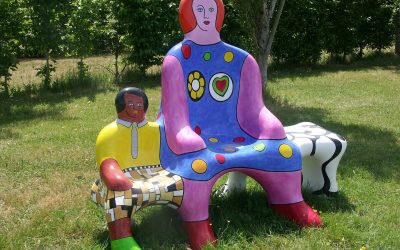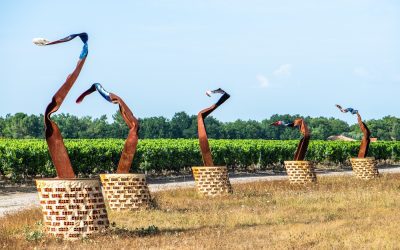Jean-Michel Folon (1934-2005) is one of the most significant figures in 20th-century Belgian art. A painter, sculptor, illustrator, and visual poet, he built a dreamlike and melancholic universe, conveying deeply humanist values. His work, both simple and powerful, continues to inspire current generations.
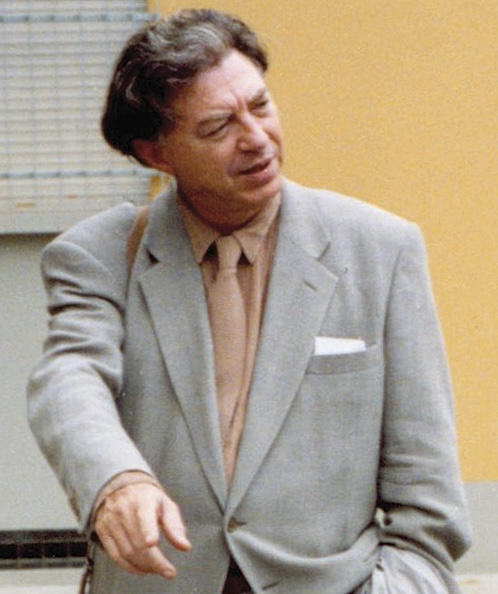
Born on March 1, 1934, in Uccle, Belgium, Jean-Michel Folon grew up in Ixelles and, from childhood, discovered the landscapes of Knokke, which would influence his taste for vast horizons. Little motivated by classical studies, he turned towards artistic disciplines: architecture at the Saint-Luc Institute, then industrial design at La Cambre. He quickly abandoned these courses to fully dedicate himself to drawing.
In 1955, he moved to Bougival, near Paris. Despite difficult beginnings, his style stood out: faded watercolors, solitary figures in empty or surreal settings. His first exhibition in 1969 in New York marked the beginning of his international renown, followed by Tokyo, Milan, the Venice Biennale, and then the Grand Prix for painting in São Paulo in 1973.
An Artist with Diverse Talents and Commitments
Folon is a jack-of-all-trades: watercolor, engraving, stained glass, tapestry, sculpture, illustration, stamps, theater and television sets. He illustrated great authors like Kafka, Borges, Prévert, or Camus. His visual poetry sublimates texts with great sensitivity.
Deeply committed, he put his art at the service of humanism: posters for Amnesty International, illustration of the Universal Declaration of Human Rights, the Birds logo for the bicentennial of the French Revolution. He also became a familiar public figure thanks to his animated opening credits for French television.
His work is exhibited in the largest museums: Paris, London, New York, Rotterdam, Venice… In 2004, he was named UNICEF ambassador and received the Legion of Honor.
In 2000, he created the Folon Foundation at Domaine Solvay in La Hulpe, a space dedicated to his works (watercolors, paintings, objects, sculptures), integrated with nature and conveying his message of peace and reverie. There, he offers an immersive experience, true to his vision.
Folon passed away in 2005 in Monaco, due to leukemia. He left behind a vast body of work, imbued with poetry, humanity, and freedom. His immediately recognizable style continues to speak to each of us.
The Bird Fountain of Château D’Arsac: a Powerful Symbol
At the heart of Château d’Arsac, an emblematic sculpture by Folon: The Bird Fountain. A silhouette in a hat, with outstretched arms, releases a bird towards the sky. This simple yet powerful gesture, reflecting freedom and hope, perfectly integrates into the landscape of vineyards and aquatic reflections. This work strengthens the link between nature, contemporary art, and cultural heritage.
To discover, along with other artists, on our Art & Vines page
https://chateau-arsac.com/art-contemporain-vigne-alliance-chateau-arsac/


